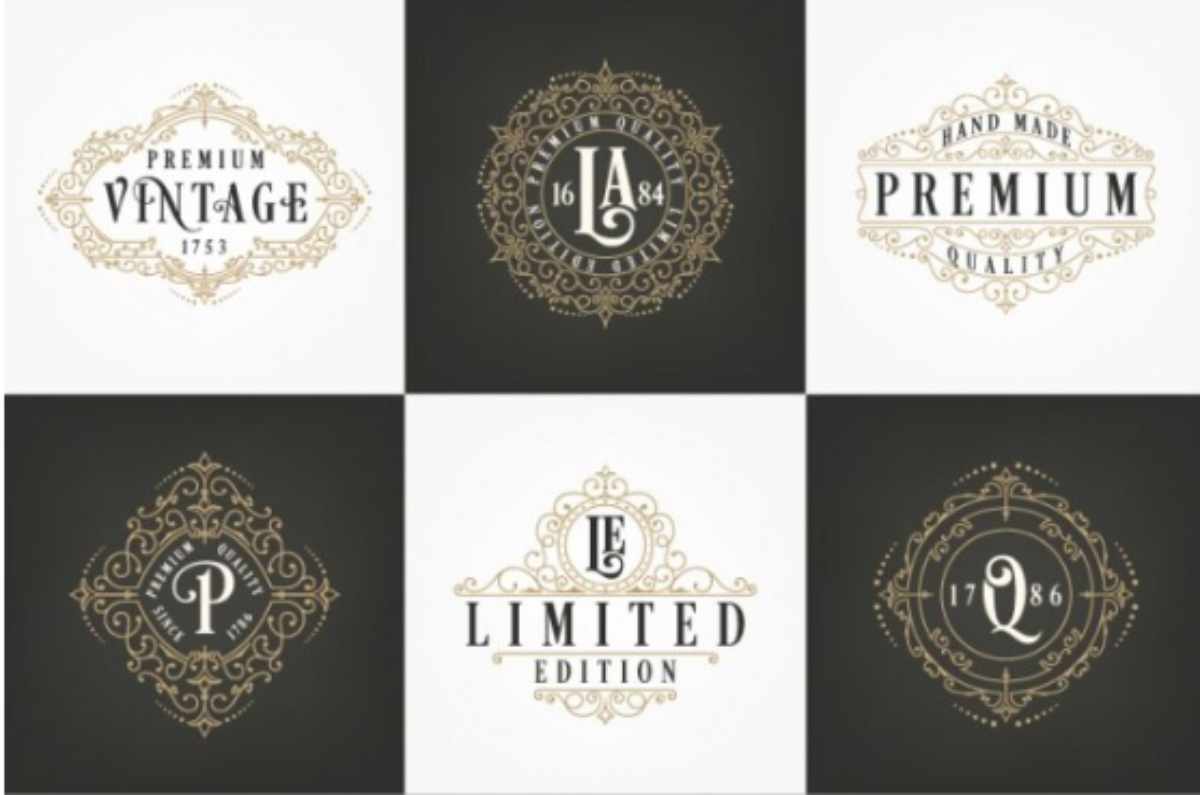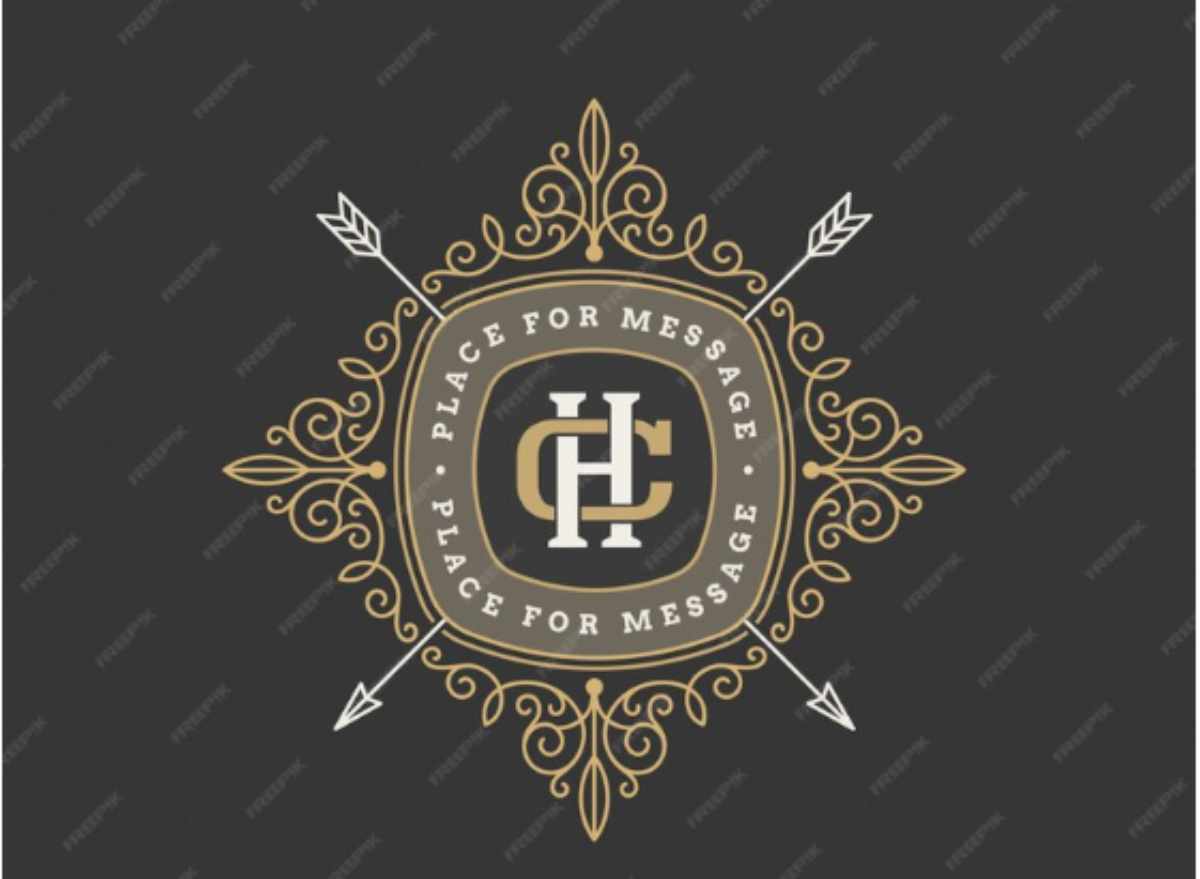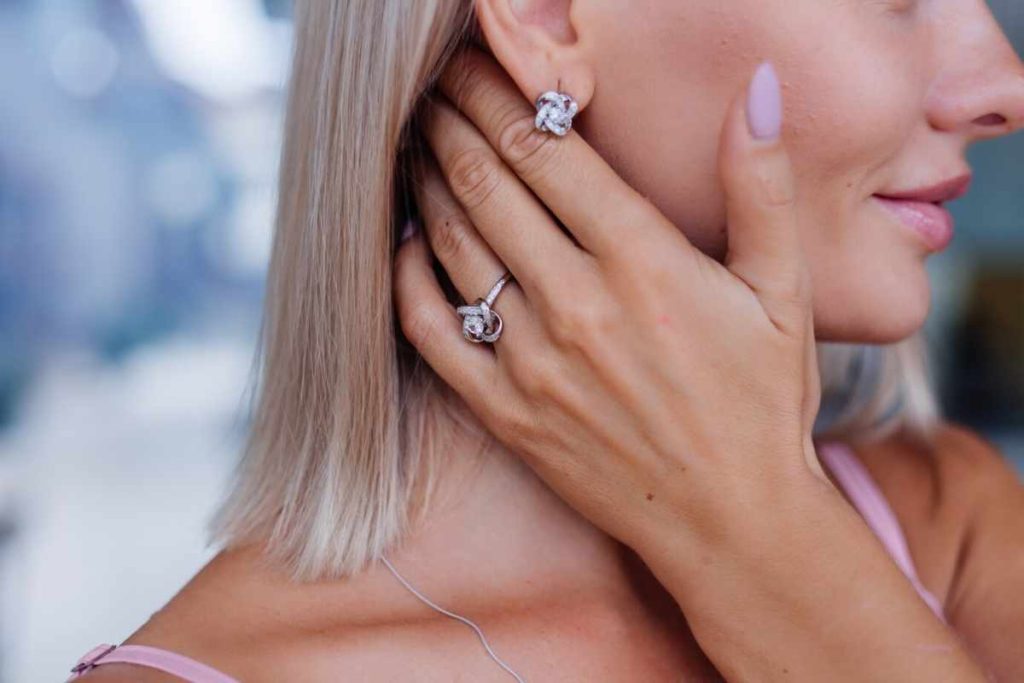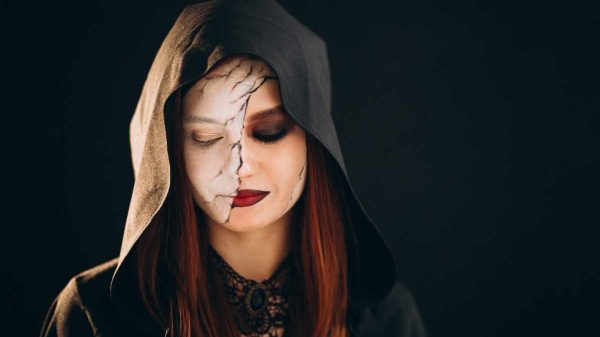In luxury fashion, few symbols are as iconic as the French fashion monogram since 1962. This distinctive and elegant mark has become a symbol of sophistication and high status across the globe. It represents not only the history of the French fashion industry but also the legacy of craftsmanship, design, and innovation.
In this article, we’ll explore the evolution and significance of the French fashion monogram since 1962, its cultural impact, and how it continues to influence the fashion world today.

The Birth of the French Fashion Monogram in 1962
The French fashion monogram since 1962 refers to a distinctive logo used by several high-end fashion houses in France. One of the most famous monograms in this category is the Louis Vuitton monogram, first introduced in 1896 by the founder, Louis Vuitton. However, it reached a peak of global recognition and widespread use from the 1960s onward.
1962 marked a pivotal year in the fashion world. The mid-20th century was a time of immense change in the fashion industry. Designers began experimenting with more personalized logos, which were not only a reflection of their style but also a representation of their heritage and craftsmanship.
The French fashion industry, particularly in Paris, was evolving rapidly, with iconic brands like Louis Vuitton, Chanel, and Christian Dior leading the charge in defining the standards of luxury.
Louis Vuitton’s Monogram: A Symbol of Craftsmanship
While the French fashion monogram since 1962 is often associated with the Louis Vuitton brand, the iconic LV pattern was created in 1896 by Georges Vuitton, the son of the founder Louis Vuitton.
Georges Vuitton developed the now-famous monogram canvas to combat counterfeiting and to distinguish his products in a rapidly growing marketplace. By the 1960s, Louis Vuitton’s monogram had become a globally recognized symbol of luxury.
The monogram’s unique design, featuring intertwined LV letters, floral motifs, and geometric shapes, became synonymous with the high-quality craftsmanship of Louis Vuitton’s leather goods. In the 1960s, Louis Vuitton expanded its brand beyond just luggage and travel trunks, introducing handbags, accessories, and ready-to-wear clothing that featured the iconic monogram.
The Rise of the French Fashion Monogram in the 1960s
By the 1960s, the concept of the French fashion monogram since 1962 had become more than just a functional element. It had grown into a symbol of status and taste. The 1960s were marked by the emergence of bold, modern, and minimalist designs in various aspects of fashion, and the monogram was no exception.
Louis Vuitton’s bags, featuring the monogram canvas, were especially popular among Hollywood stars and influential figures, such as Audrey Hepburn and Grace Kelly, who helped to elevate the brand’s status on the global stage. The French fashion monogram became associated with quality and exclusivity, making it a coveted symbol for those who could afford luxury fashion.
The Monogram in Other French Fashion Houses
While Louis Vuitton’s monogram is the most famous, it is essential to note that other French fashion houses also adopted their versions of the monogram or logo. For instance, Chanel’s interlocking CC logo and Dior’s “CD” monogram became equally synonymous with French luxury fashion, offering a similar blend of exclusivity and craftsmanship.
While different in design, these monograms conveyed the same idea: elegance, style, and sophistication. Each of these French fashion houses embraced the power of branding and leveraged their monogram to communicate their unique identity in the fashion world.
The French fashion monogram since 1962 represented the collective desire for a more recognizable, instantly identifiable mark that consumers could associate with quality and luxury.
The Evolution of the French Fashion Monogram
As the decades passed, the French fashion monogram since 1962 continued to evolve, reflecting changes in society, technology, and design trends. In the 1970s and 1980s, the monogram became even more prevalent in consumer culture, particularly with the rise of brand-driven luxury fashion.
The increasing accessibility of designer goods and the introduction of new media like magazines and television allowed these monograms to reach a broader audience.
1990s and Early 2000s: The Monogram as Pop Culture
The 1990s and early 2000s saw the monogram reach new heights of cultural significance. Louis Vuitton, in particular, played a leading role in this period by collaborating with artists like Takashi Murakami, Stephen Sprouse, and Yayoi Kusama, who incorporated the LV monogram into their works. These collaborations gave the French fashion monogram a modern twist and expanded its appeal to a younger, more diverse audience.
During this time, the French fashion monogram, since 1962, has become a prominent pop culture symbol. The monogram adorned everything from handbags and accessories to clothing and even shoes, signaling a shift in how consumers viewed designer logos. The monogram was no longer just a mark of luxury—it had become a statement of individuality and personal style.
The Function of Digital Influence and Social Media
The emergence of social media platforms in the 2010s, like Instagram, Facebook, and Twitter, further boosted the visibility and impact of the French fashion monogram since 1962. Influencers, celebrities, and fashion bloggers were often seen flaunting their monogram-covered bags and accessories, making it a common feature in everyday fashion.
The monogram’s evolution in the digital age has also led to the creation of exclusive, limited-edition items that incorporate the monogram in innovative ways. Fashion houses have utilized social media to engage with consumers directly, offering them a closer look at how the monogram continues to play a central role in the brand’s identity.
The Timelessness of the French Fashion Monogram
One of the most remarkable aspects of the French fashion monogram since 1962 is its generational relevance. Despite changes in fashion trends, technology, and consumer tastes, the monogram has maintained its iconic status. It has adapted to the times while staying true to its original elegance, luxury, and craftsmanship roots.
Today, the French fashion monogram continues to appear in new collections, keeping its place as a symbol of sophistication and style. Fashion houses continue to innovate by incorporating the monogram, from digital designs to sustainable practices. The monogram remains as synonymous with luxury as it was in 1962.
The Future of the French Fashion Monogram
As the fashion industry evolves, the French fashion monogram since 1962 will likely continue to be a significant element of luxury branding. The evolution of technology, sustainability efforts, and new consumer habits will shape how these monograms are presented.
However, one thing is sure: the monogram will remain a timeless symbol of quality, elegance, and French craftsmanship.
The future of the French fashion monogram lies in its continued relevance as both a classic and modern symbol of luxury. It will continue to be the mark of high-end fashion, reflecting not just the history of the brand but also its ability to innovate and adapt to the ever-changing fashion world.
Conclusion
The French fashion monogram, since 1962, has become an enduring symbol of luxury, style, and elegance. From its origins with iconic brands like Louis Vuitton to its influence on global pop culture, the monogram has solidified its place in high fashion.
Whether through collaborations with artists, digital marketing strategies, or maintaining its timeless appeal, the French fashion monogram remains an influential and recognizable mark of exclusivity and sophistication.
As we look toward the future, the French fashion monogram since 1962 will undoubtedly continue to evolve. Still, its legacy will always be a testament to the artistry, craftsmanship, and innovation that have defined French fashion for over half a century.
Frequently Asked Questions(FAQs):
What has been the French fashion monogram since 1962?
The French fashion monogram since 1962 refers to iconic logos used by French luxury brands like Louis Vuitton, Chanel, and Dior, which have become symbols of elegance, craftsmanship, and status.
Which brand introduced the French fashion monogram in 1962?
While Louis Vuitton’s monogram was created in 1896, it gained immense popularity and global recognition from 1962 onward, marking its prominent role in luxury fashion.
How has the French fashion monogram evolved?
Over the years, the French fashion monogram since 1962 has evolved from a simple logo to a cultural icon. It has adapted to new design trends, collaborations with artists, and the digital age.
Why is the French fashion monogram so iconic?
The French fashion monogram symbolizes luxury, craftsmanship, and exclusivity. It has been adopted by fashion influencers, celebrities, and pop culture, making it a timeless mark of elegance.
How does the French fashion monogram influence modern fashion?
The French fashion monogram, since 1962, continues to influence modern fashion by being featured in new collections, digital platforms, and collaborations, maintaining its status as a luxury symbol.
What role does the French fashion monogram play in luxury branding?
The French fashion monogram is central to branding for many luxury fashion houses, helping create instant recognition and association with quality, style, and sophistication.











